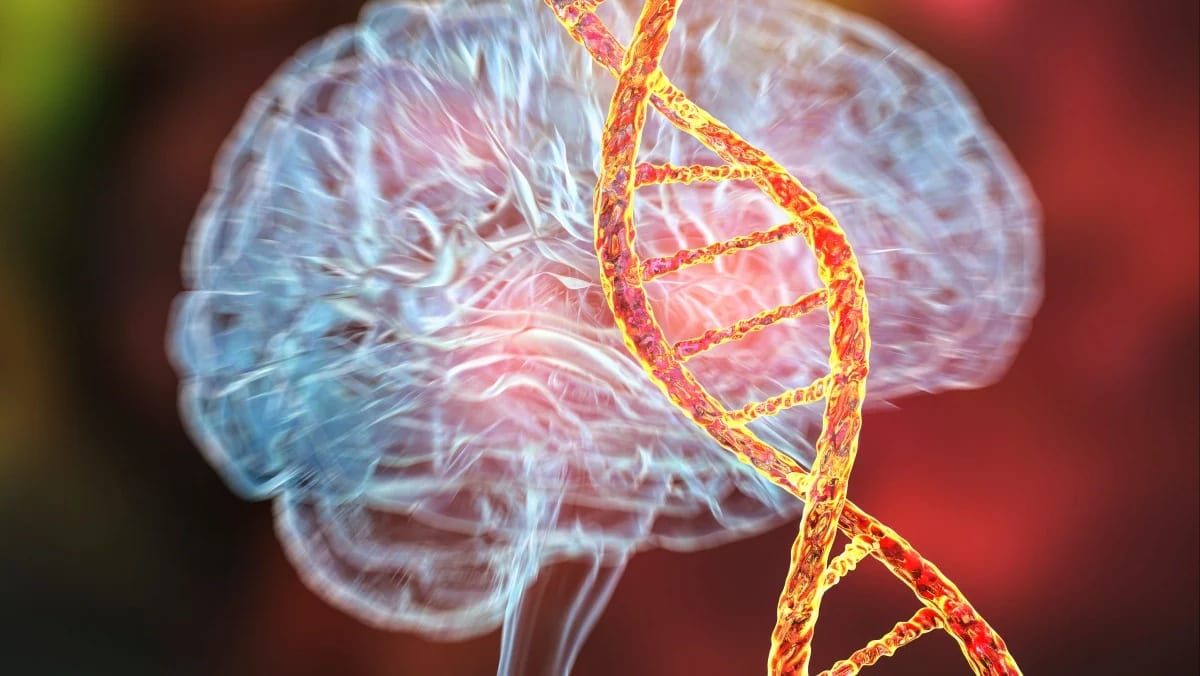ASD jab: Chinese scientists reach milestone in revolutionary gene therapy for autism

Through examining brain cells of the mice, the team found that the editors were able to perform repairs across the brain at an accuracy rate of 20 per cent, which was enough to raise levels of the MEF2C protein.
The samples taken were a mixture of neurons along with other cells, so the team said that the editing rate of the neurons alone could be higher, as base editing happens preferentially in these cells.
Researcher Chen Jin and his student Zhu Junjie at ShanghaiTech University, who are not authors on the paper, said that “although cases of ASD are extremely complex” this study provides guidance in using base editing to treat neurodevelopmental disorders, according to Dami & Xiaomi.
Expansion of the technology and lower costs would make treatment using base editing more prevalent, the team added.
“Individualised gene editing therapy could become feasible and affordable for patients in the near future,” the paper said.
ASD is a complex disorder, and hundreds of mutations have been found to be related to it, said Zou Xiaobing, chief physician in child development behaviour at the Third Affiliated Hospital of Guangzhou’s Sun Yat-sen University, according to Dami & Xiaomi.
For some patients, the disorder may not be caused by a single nucleotide variation like it was for the mice in the study, but rather more complex mutations that would be difficult to edit.
“Even if an effective gene therapy method is found in a specific single nucleotide variation, it is at least a very valuable thing for people with autism caused by this gene,” said Zou, who is not an author on the Nature Neuroscience paper.
“Continuing scientific, targeted and personalised intervention and training based on the child’s specific situation is still the main way to deal with autism.”
“This work suggests that in vivo base editing might be a feasible approach for intervening in genetic brain disorders in humans,” the paper said.
While the target scope of the team’s genetic editing – as well as that of other scientists – was still limited, the paper said base editing systems with broader targets “would notably facilitate the development of genetic tools to intervene in genetic disorders”.
This article was first published on SCMP
Source: CNA















